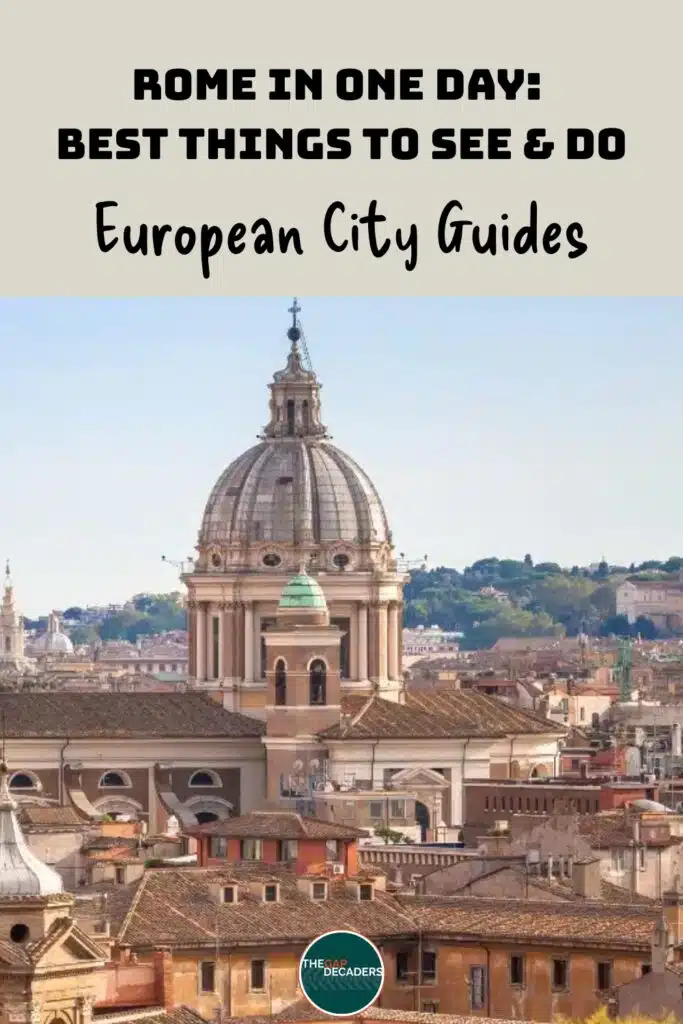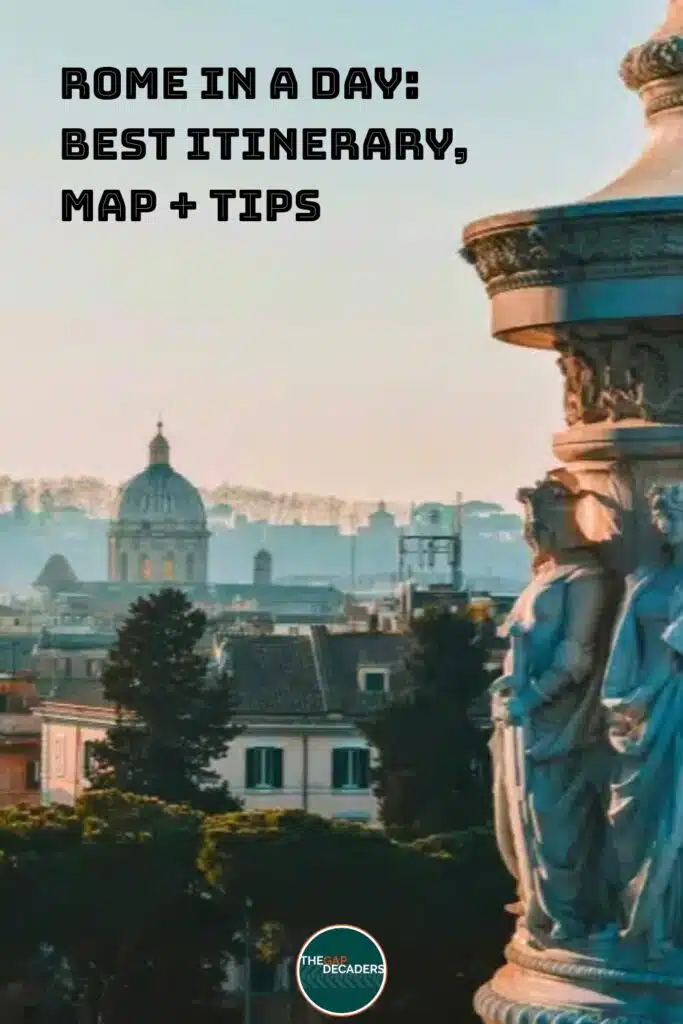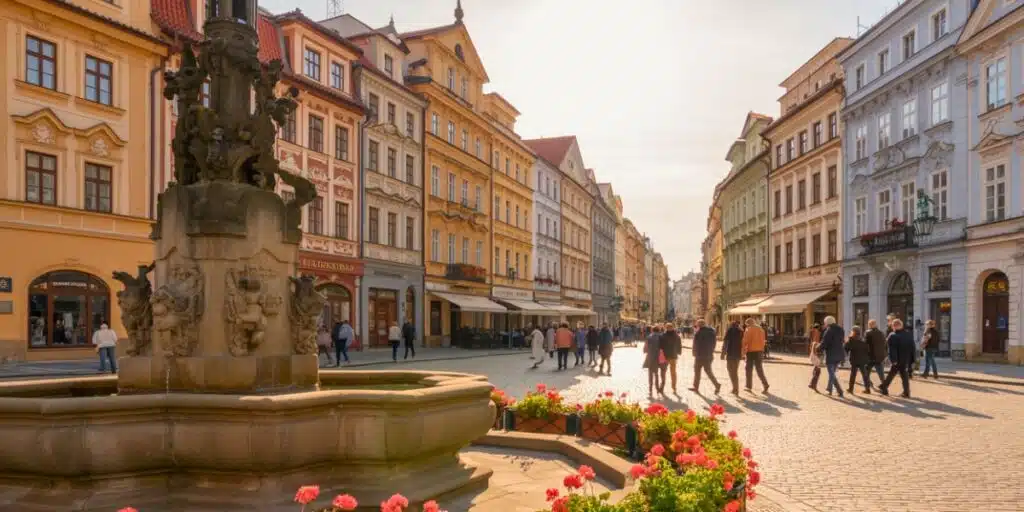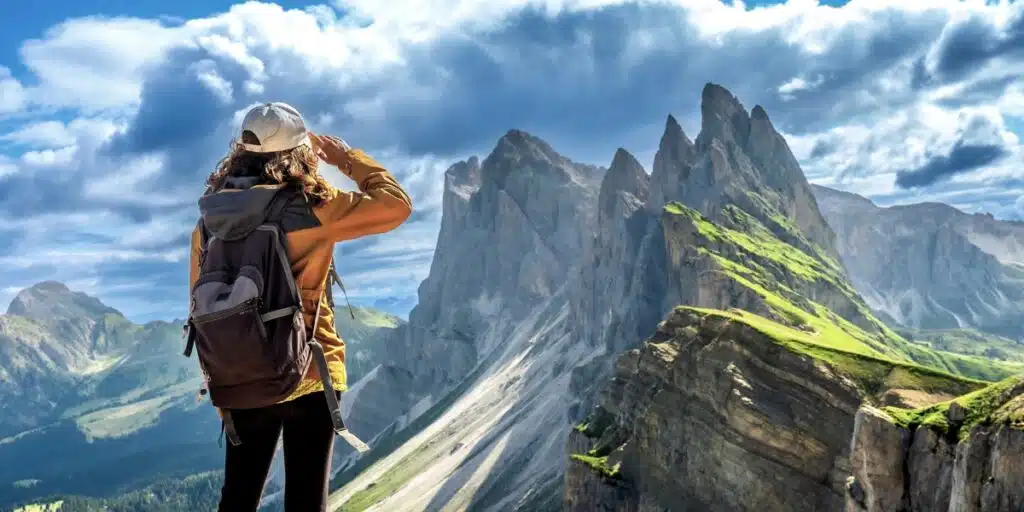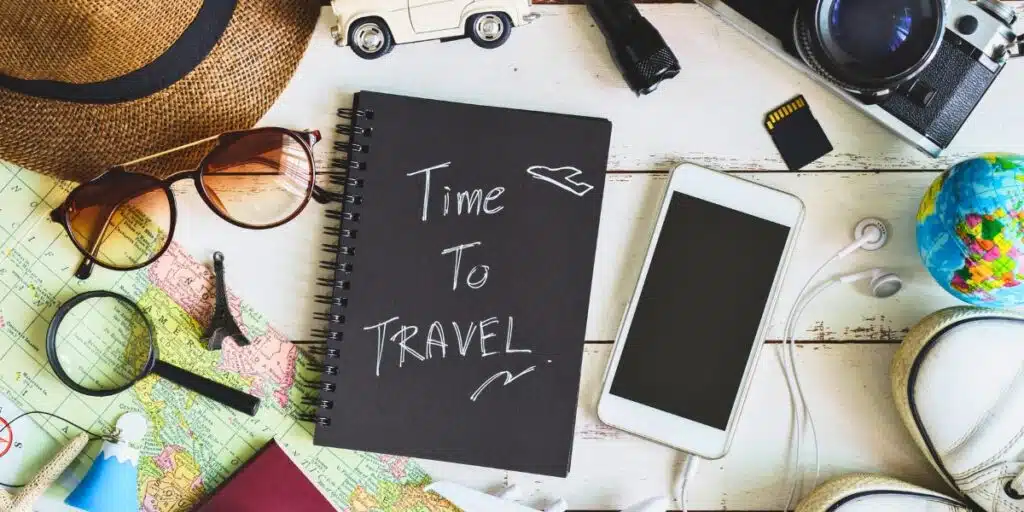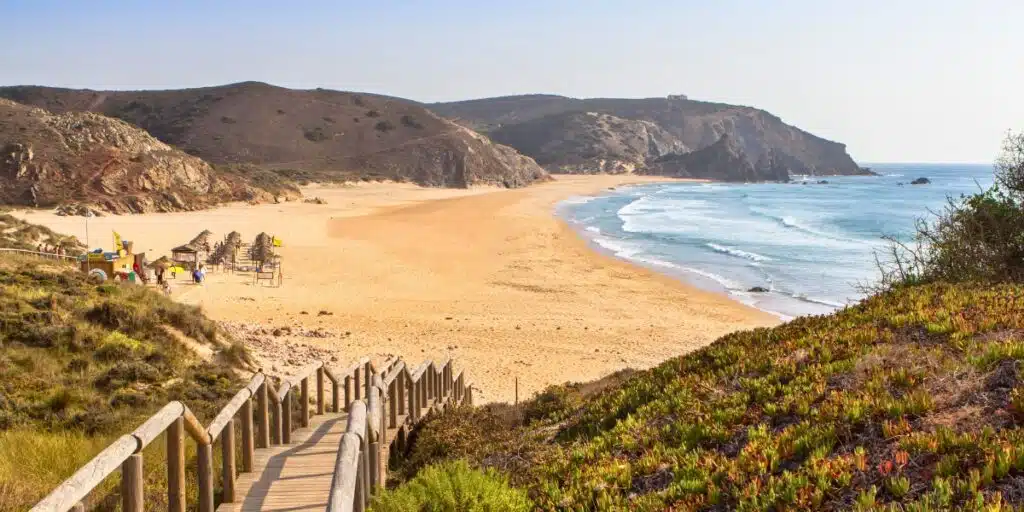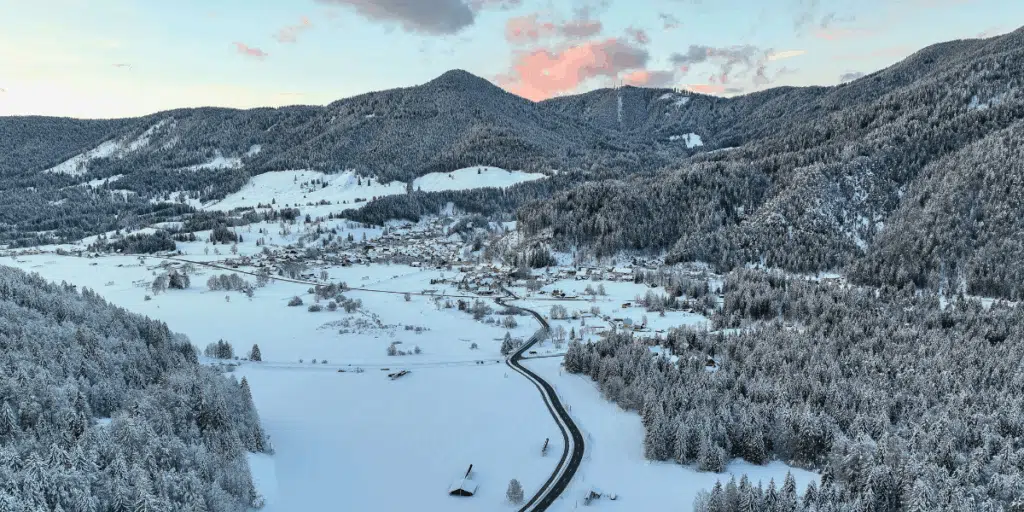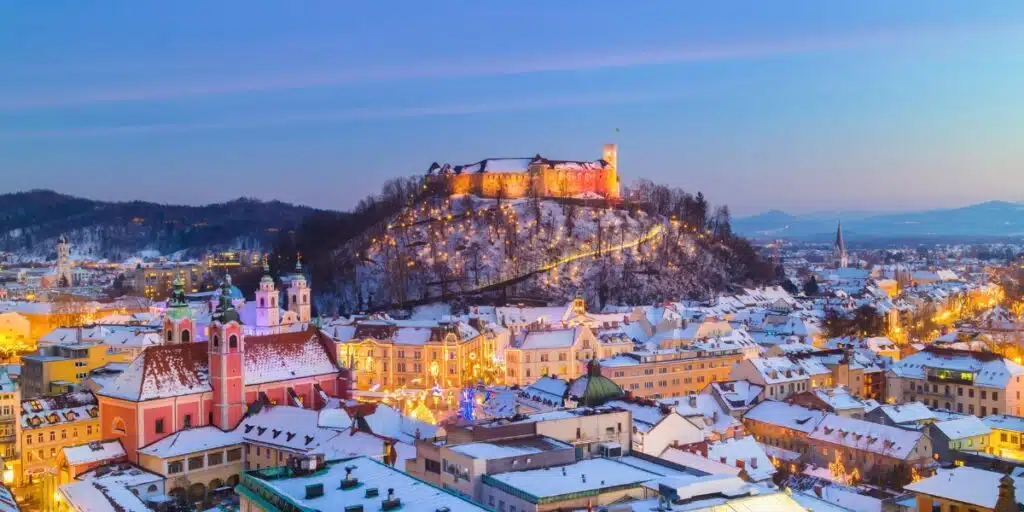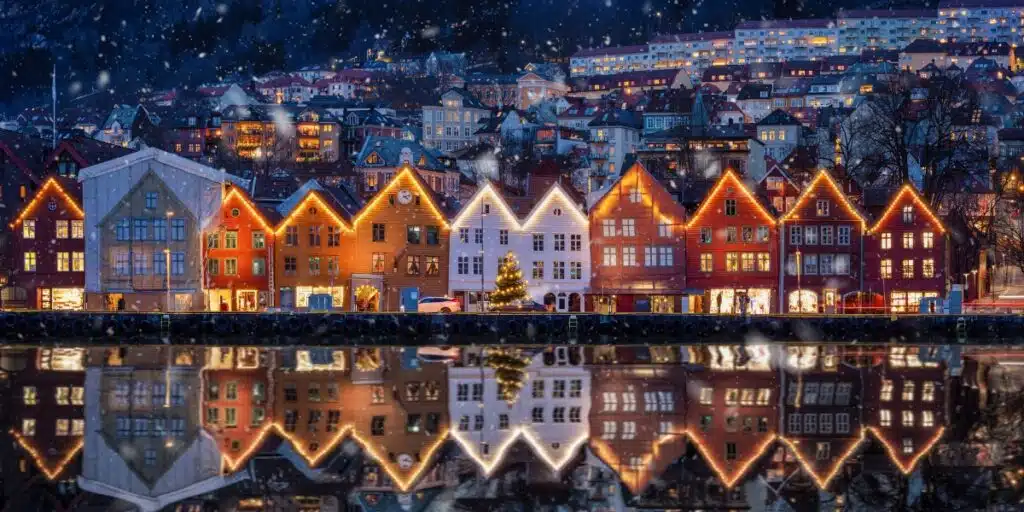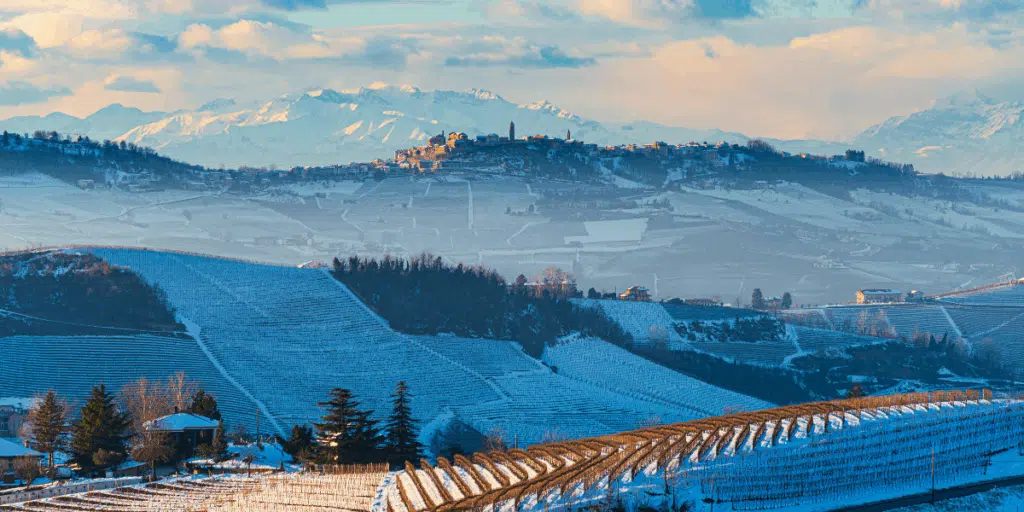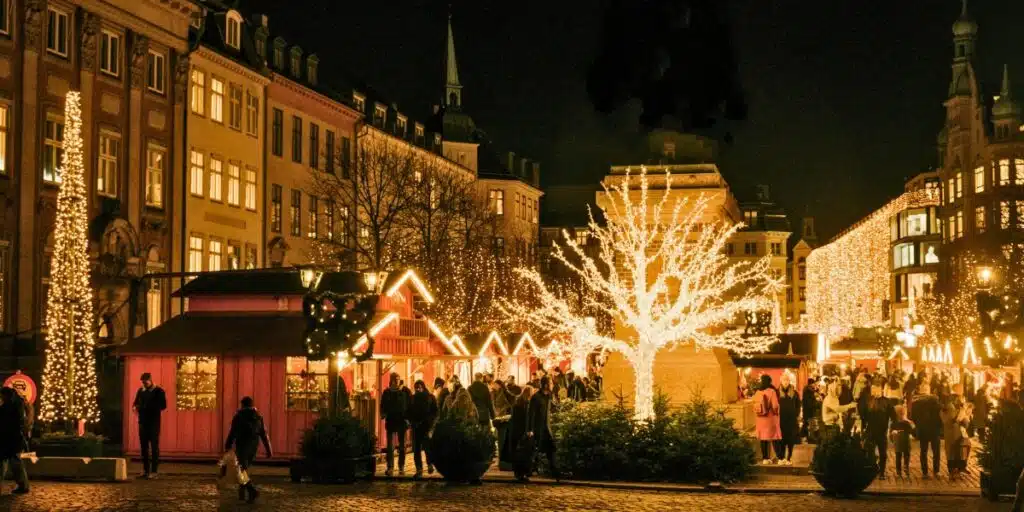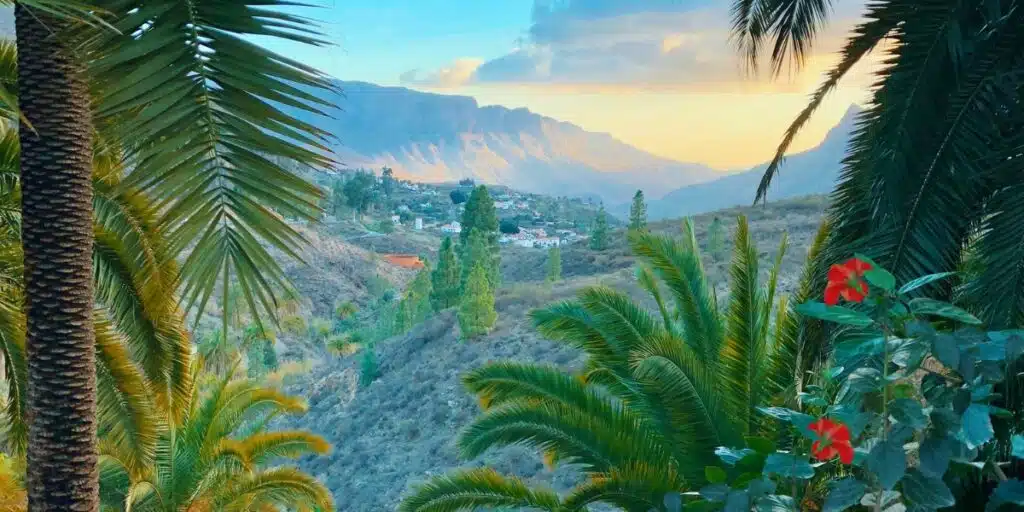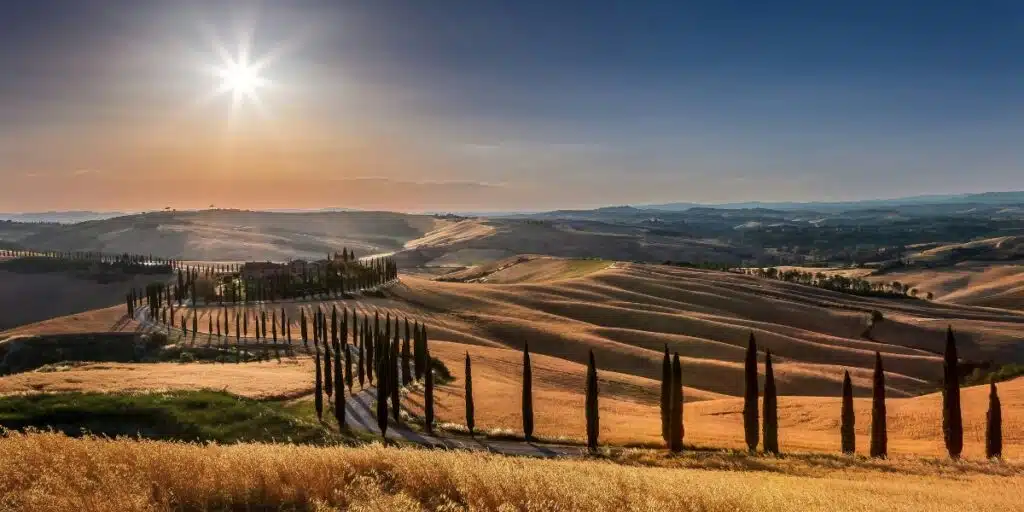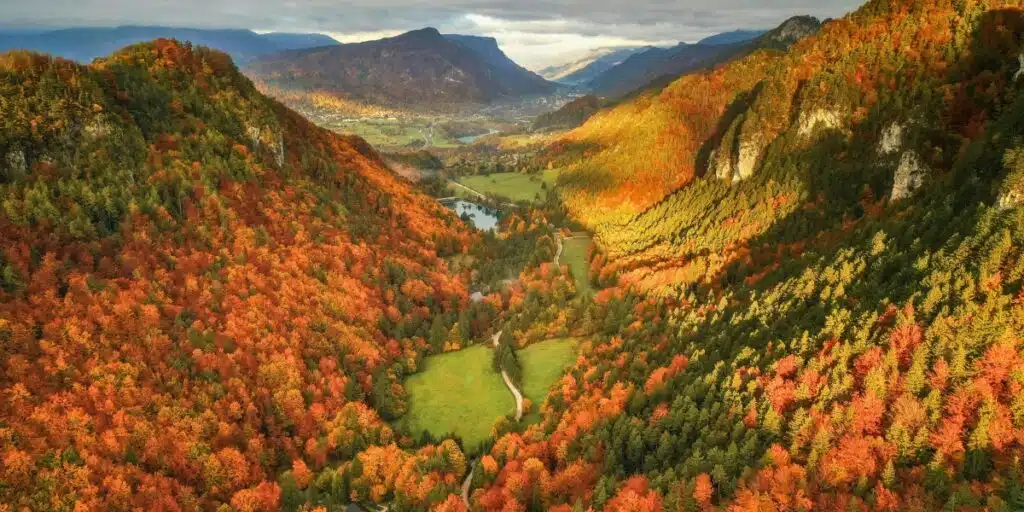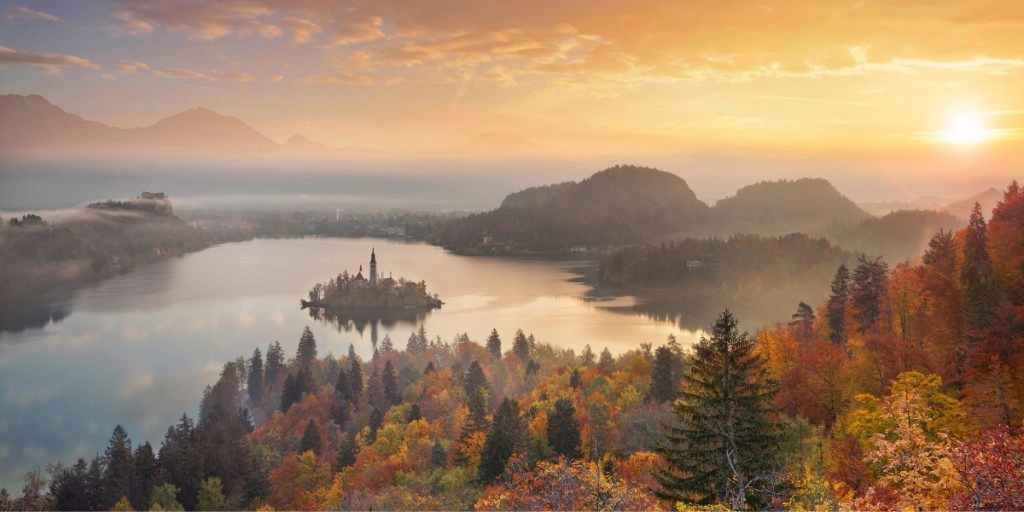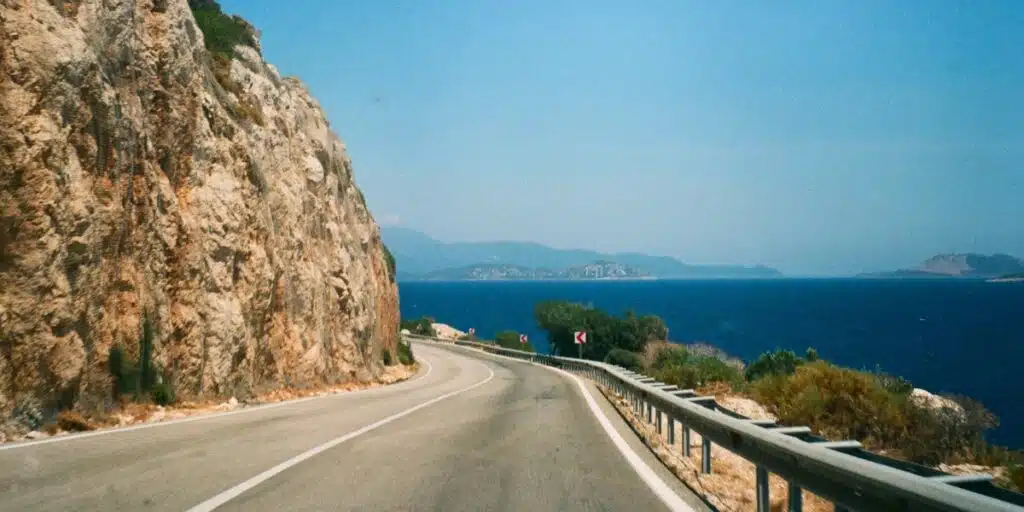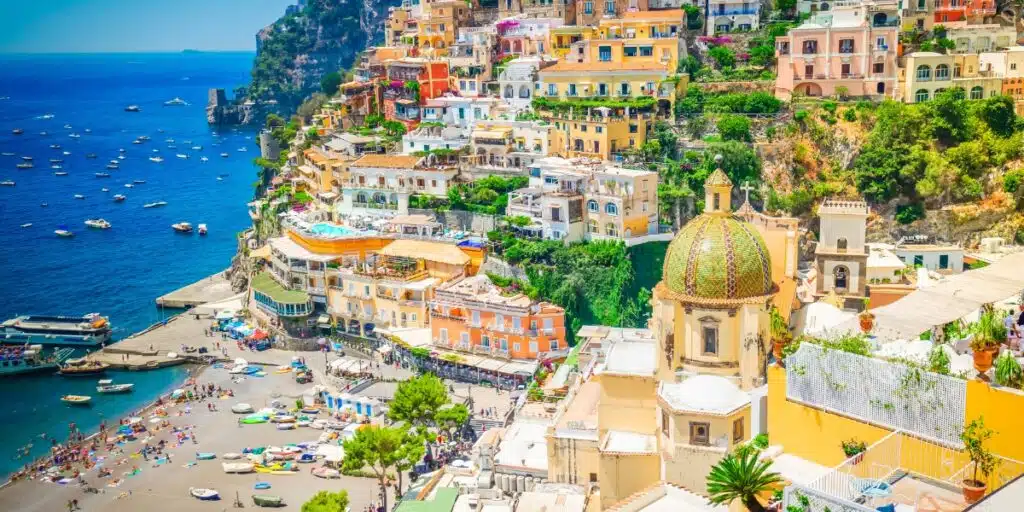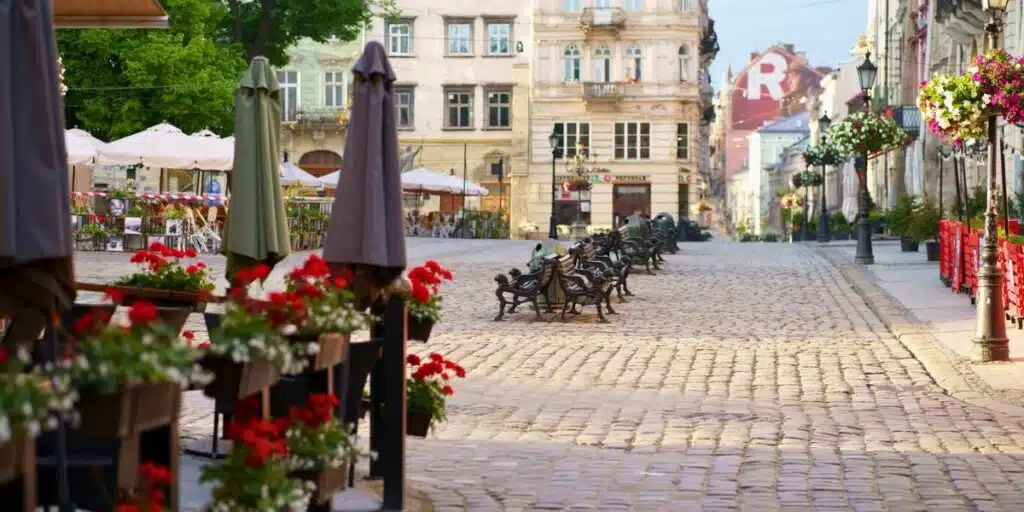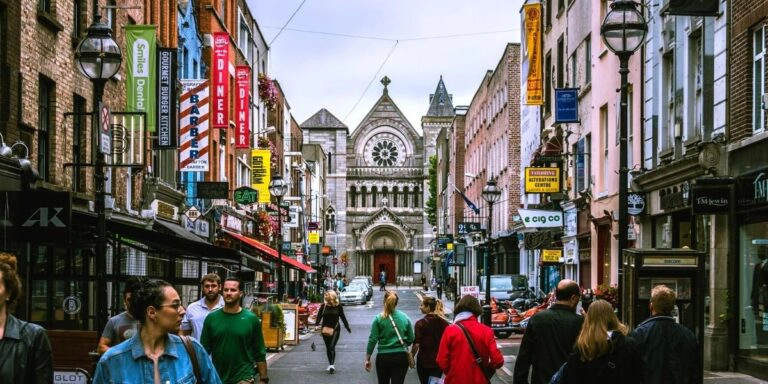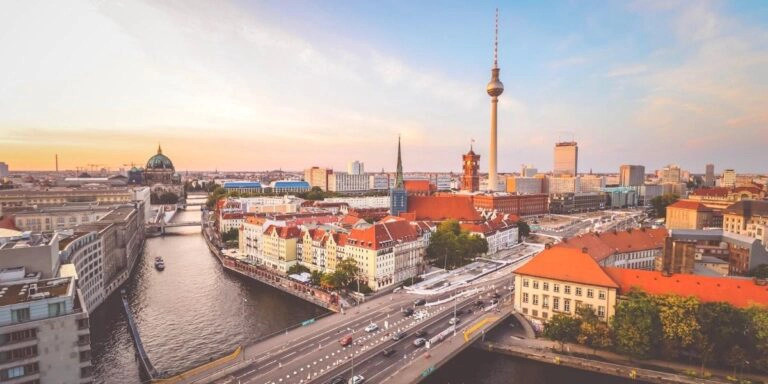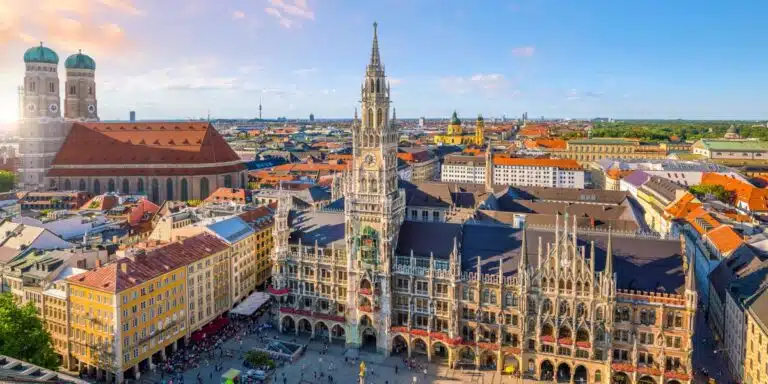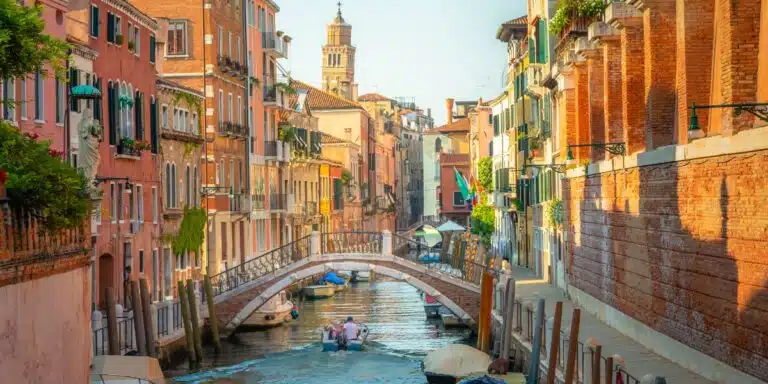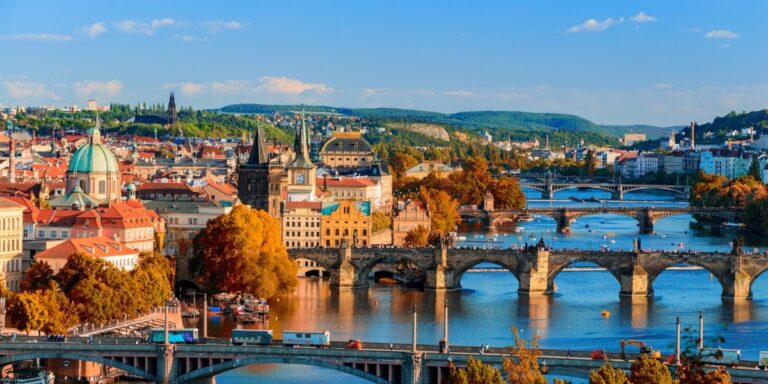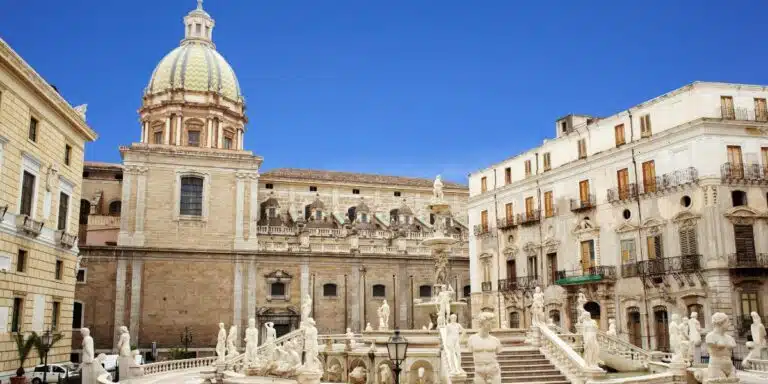This post may contain affiliate links, from which we earn an income. Click here to read our affiliate policy.
How to spend one day in Rome
Rome is a charismatic city, high on any Italian travel bucket list. With fantastic architecture bathed in Rome’s unique light, incredible Roman ruins, a world-class artistic heritage, and delicious Italian gastronomy, the eternal city is exhilarating.
Even if you only have a short time here, our Rome travel guide can help you pack in a lot. It includes a complete Rome itinerary of all the most important things to do in Rome, with an interactive map organized to make the best use of your time.
We also share recommendations for central places to stay, ideas about where to eat local food, and tips about how to make the most of Rome in one day.
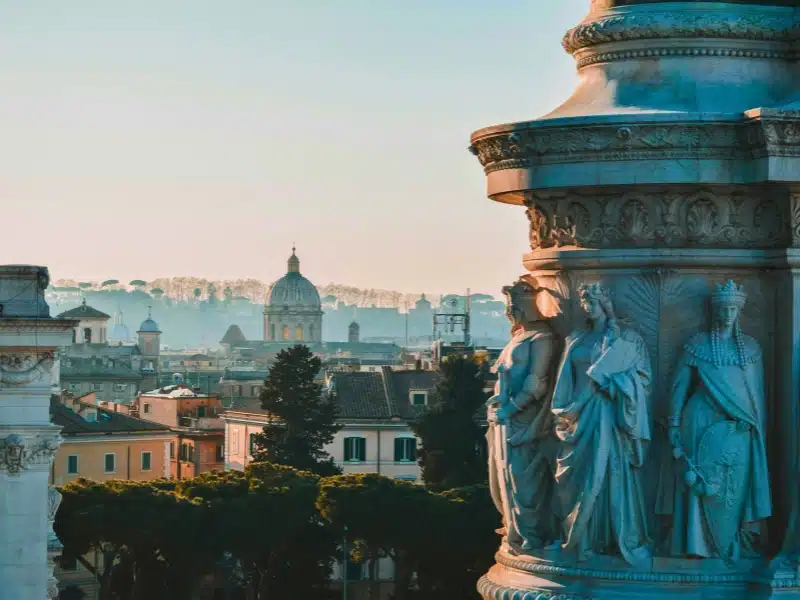
Are you planning one day in Rome Italy at the last minute?
Be sure to book your accommodation and tours in Rome ahead of time to ensure availability! Here are our top picks!
- Luxury: Palazzo Talìa (right in the centre and very lux!)
- Mid-Range: Mario De’ Fiori 37 (in the iconic Colonna district)
- Budget: San Anselmo (our fave boutique hotel)
- Hostel: JO&JOE Roma (centrally located at a great price)
- For all the best things to see in Rome, grab this Rome free walking tour
- Get Rome hop-on hop-off bus tickets to see all the top attractions
- Book this Colosseum, Forum and Palatine tour to avoid the lines
- Explore the Vatican and Sistine Chapel with an evening walking tour
- End your day with an evening tour of Rome’s foodie neighborhoods
Things to See & Do in Rome
Interactive Map
ROUTE: Villa Borghese – Piazza del Popolo – Spanish Steps – Trevi Fountain – Pantheon – Piazza Navona – Colosseum – Roman Forum and Palatine Hill – Vatican
How to use this Rome 1 day itinerary map – Use your fingers (or computer mouse) to zoom in and out. Click or touch the icons to get more info about a place, and click the arrow in the box top left to open the index. To add to your own Google Maps account, click the star next to the title of the map.
Rome Itinerary Notes
Morning
Wander the Villa Borghese
Start early! Villa Borghese is a delightful landscaped garden in the centre of Rome. It covers an area of 80 hectares and was developed in 1606 by Cardinal Scipione Borghese, who wanted to turn his former vineyard into the most extensive gardens built in the city.
The gardens are known as the green lung of Rome, and you could easily spend hours wandering them. Calm, peaceful, and quintessentially Italian, there is lots to see and do here.
The gardens themselves are one of the best free attractions in Rome, but the museums and historic buildings offer a fantastic deep dive into the crème de la crème of art and sculpture by Renaissance artists such as Raphael, Caravaggio, and Bernini. With these Borghese Gallery tickets, you’ll enjoy priority entry and detailed guided tours.
TOP TIP: Head for Terrazza del Pincio, which lies within the park, for incredible panoramic and romantic views of the dominating Basilica of St Peter in Vatican City and Piazza dell Popolo. This is a must do in Rome to capture the iconic domes of the city skyline.
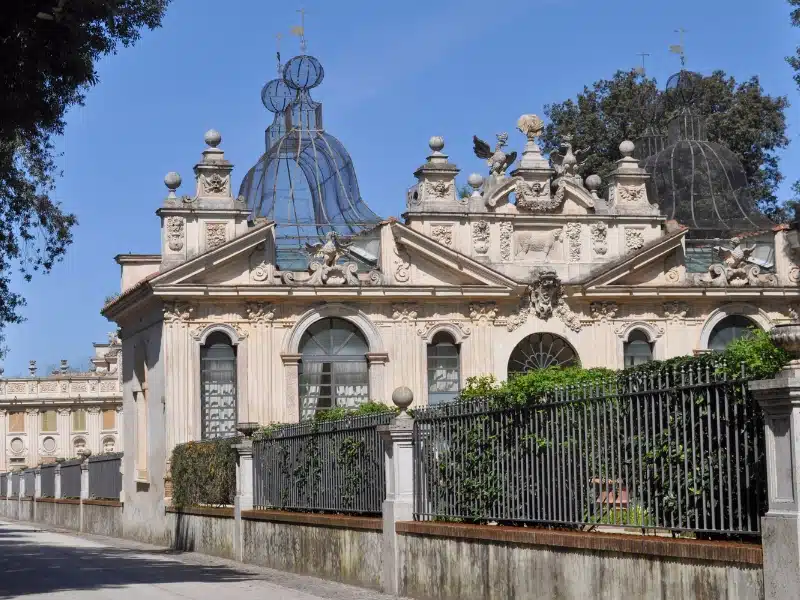
Admire the Piazza del Popolo
The Piazza del Popolo is one of the best-known squares in Rome, although it’s not even square! In Italian, the name means ‘People’s Square’, but the name actually comes from the poplar trees that surrounded the oval square.
The graceful Neo-Classical square, designed between 1811 and 1822, originally welcomed visitors and pilgrims who entered Rome through the Porta del Popolo on the Via Flaminia. One of Rome’s major thoroughfares, Via Flaminia, was an ancient Roman road leading from the city over the Apennine Mountains to Rimini on the Adriatic coast.
Look out for the almost identical Baroque churches of Santa Maria del Miracoli and Santa Maria in Montesanto, opposite each other on either side of the Via del Corso. On the far side of the square of these two churches is the Basilica Parrocchiale Santa Maria del Popolo.
One of the most defining sights on the Piazza is the 36-metre-high Egyptian obelisk. Dating to 1300 BCE, the obelisk originally came from the Sun Temple of Heliopolis and was brought to Rome by Emperor Augustus. It was restored in 1589 and moved to the square.
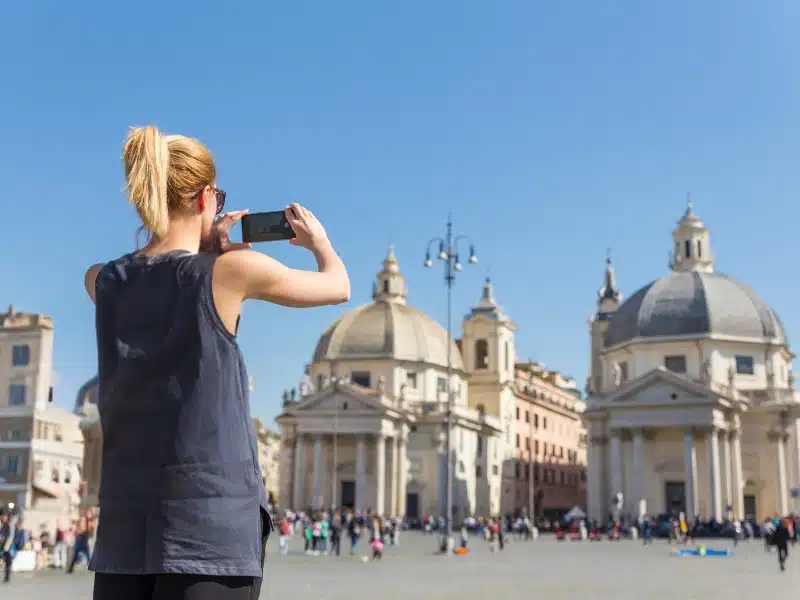
Climb the Spanish Steps
From here, it’s on to the Piazza di Spagna to see the famous Spanish Steps and the Trinità dei Monti Church standing guard. The steps take their name from the Spanish Embassy to the Holy See, which was located on Piazza di Spagna or Spanish Square.
After they were completed in 1725, the steps became a prime people-watching spot because they attracted a crowd, just like they do now! At busy times, the steps themselves are covered in a carpet of people taking selfies and eating lunch, so try and get here early if you can.
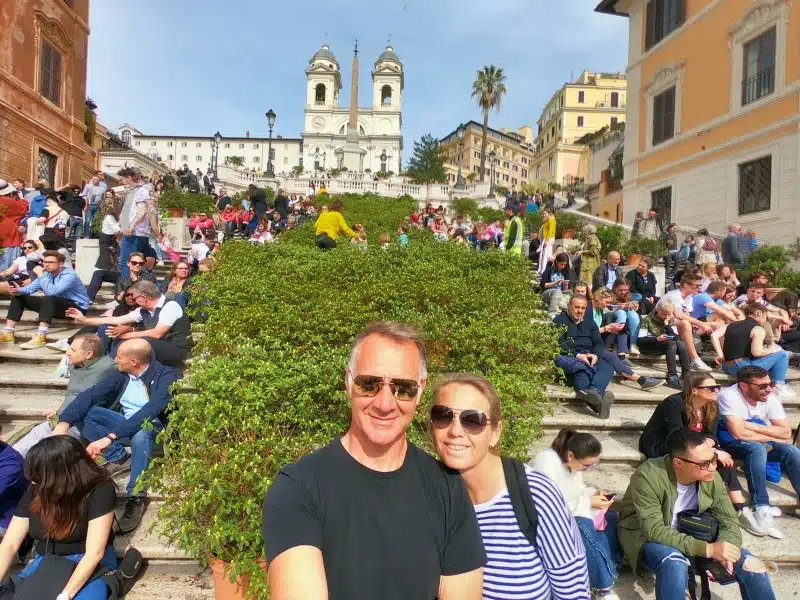
Discover the Trevi Fountain
Next up is the glorious Baroque Trevi Fountain, one of the oldest water sources in Rome. The fountain dates back to ancient Roman times and provided water to the Roman baths and the fountains of central Rome.
Located at the junction of three roads, the Trevi Fountain marks the final point of Aqua Virgo, one of the earliest aqueducts in Rome. The name of the fountain itself means “Three Street Fountain.”
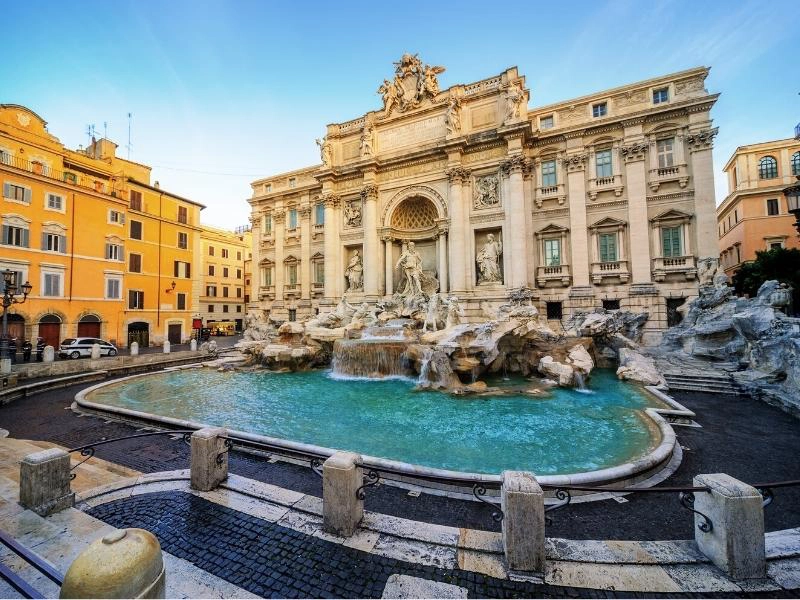
Explore the Pantheon
From here, you’ll wander through the centro storico, the historic district, with its traditional trattorias and bohemian atmosphere, a great place to stock up on Italian souvenirs and gifts.
Dominating the Piazza della Rotonda is the ancient and gravity-defying Pantheon, the most preserved and influential building of ancient Rome. A Roman temple dedicated to all the gods of pagan Rome, it was built between 118 and 125 CE.
Probably one of the most fascinating features of the Pantheon is its architecture and structure, which comprises a series of intersecting arches.
The arches rest on eight piers, which support eight arches, which correspond to the eight bays on the floor level that house statues. The dome itself is supported by a series of arches that run horizontally around it.
The oculus (the hole in the center of the dome) was a feat of Roman engineering and was by far the largest oculus of its time. The main source of light for the whole building, the oculus was never covered.
An interesting Rome fact is that when rain falls into the interior, it runs off the slightly convex floor to the still functioning Roman drain pipes underneath.
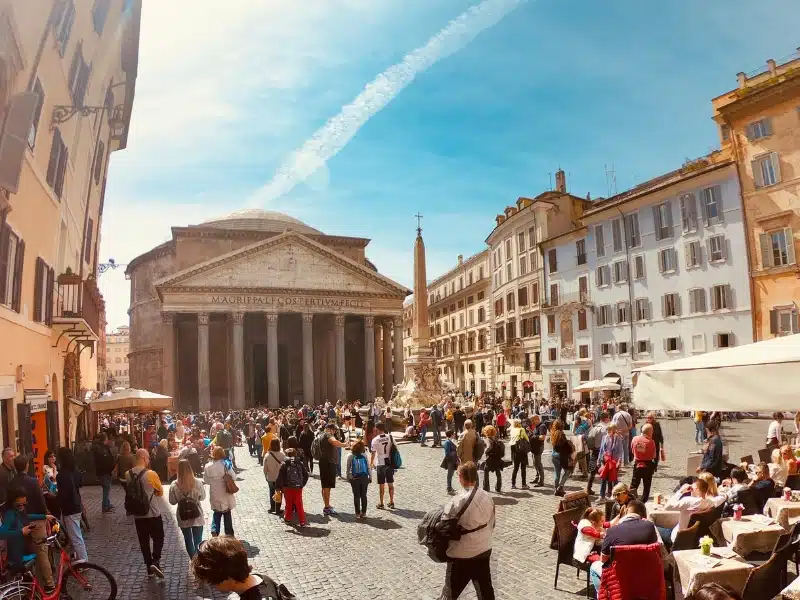
Stoll the Piazza Navona
You’ll finish at the beautiful, open, and airy square of Piazza Navona, with its three impressive fountains. The middle fountain, Fontana dei Quattro Fiumi (Fountain of the Four Rivers), was designed by Gian Lorenzo Bernini in 1651.
This important Italian sculptor and architect was a genius of the Baroque era and left a lasting mark on Rome’s artistic and architectural heritage. 350 years after his death, Bernini’s masterpieces can still be found in Rome’s streets, palaces, churches, and museums.
TOP TIP: Just a three-minute walk from Piazza Navona is Gelataria Frigidarium Roma, the place to visit in Rome for gelato. Their ice cream is so good that people queue even in January for their legendary flavours.
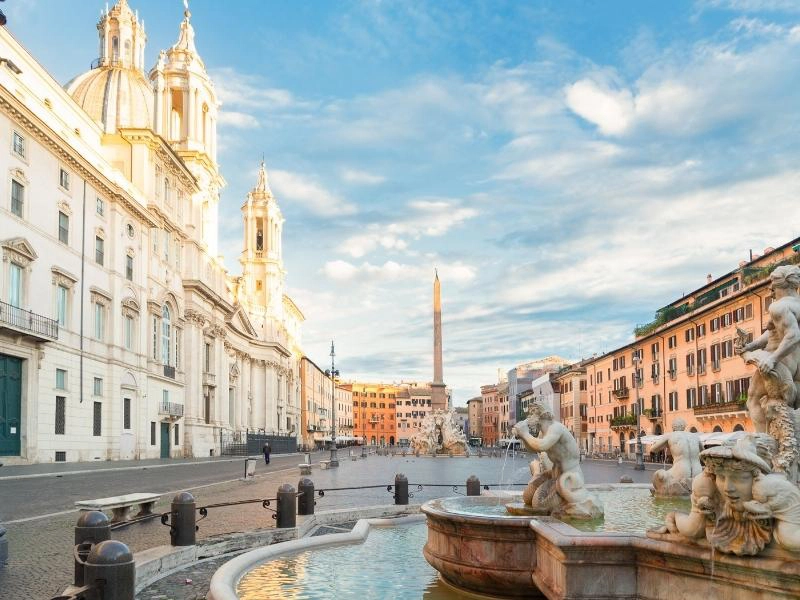
Afternoon
Explore the Colosseum
Your first afternoon stop in the city of ancient Rome must be to visit the unmissable Colosseum. Approach along Via dei Fori Imperiali from Piazza Venezia and you’ll be rewarded with one of the most breathtaking sights to see in Rome, as the vast historic colossus rises in front of you.
Rome’s huge arena is the mightiest of the city’s ancient sights and one of the top historic sights in Europe. Opened in 80 CE by the emperor Titus, the inauguration of the Colosseum was marked by gladiatorial games that lasted one hundred nights and days, during which 5000 animals were slaughtered.
The 50,000-seat Colosseum was originally covered by a canvas awning to protect the tiered seating that circled the arena’s wooden floor. The floor was covered in sand to stop the gladiators from slipping and to absorb the rivers of blood that flowed during a contest.
The seating was built over an underground area where wild animals were caged before being let loose into the arena to fight with unlucky gladiators. Trapdoors led down to these chambers, from which animals in cages were hoisted up to the arena by winch-operated lifts.
Alongside various tiers of seating, depending on rank and sex, there was also a podium in front of the tiers of seats, which was reserved for emperors, senators, and VIPs.
When the Roman Empire fell in the 5th century, the Colosseum was abandoned until the Middle Ages, when it became a fortress occupied by the powerful Frangipani family. Later, it was looted of its external travertine, and marble taken from the building was used to decorate notable palaces such as Palazzo Venezia, Palazzo Barberini, and Palazzo Cancelleria.
More recently, pollution and vibrations caused by traffic and the metro have taken a toll. To help counter this, the Colosseum was given a major clean-up between 2014 and 2016, the first in its 2000-year history, as part of an ongoing €25 million restoration project.
Visiting the Colosseum is one of the most important things to do in Rome. You only do this stuff once, so it’s worth doing it as well as you can afford to.
TOP TIP: Do not use the touts outside the Colosseum. They will sell you every story in the book to get you to buy skip-the-line tickets for €40, which are a total rip-off. You will not skip the line and will only be provided with a rushed and uninformed tour.
Instead, book our recommended small group Colosseum tour online in advance. This tour gives you access to all areas of the Colosseum, Palatine, and Roman Forum with a knowledgeable live tour guide.
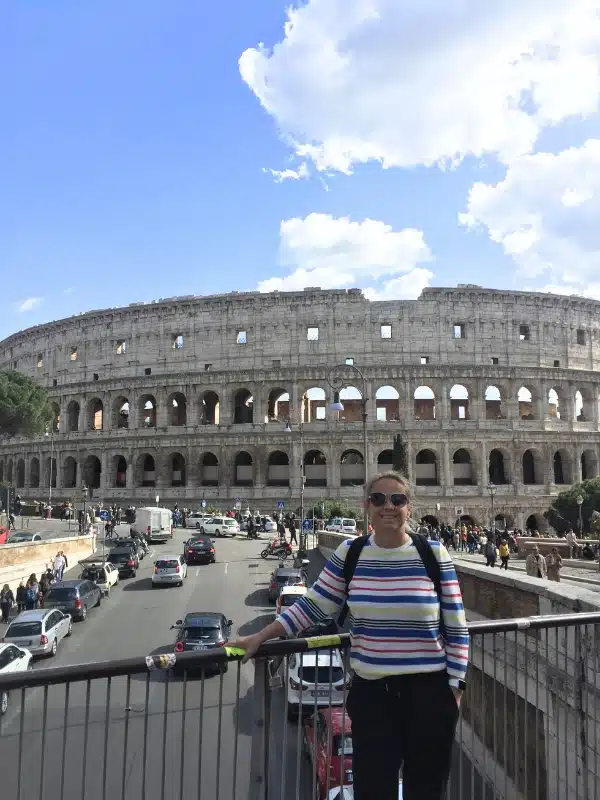
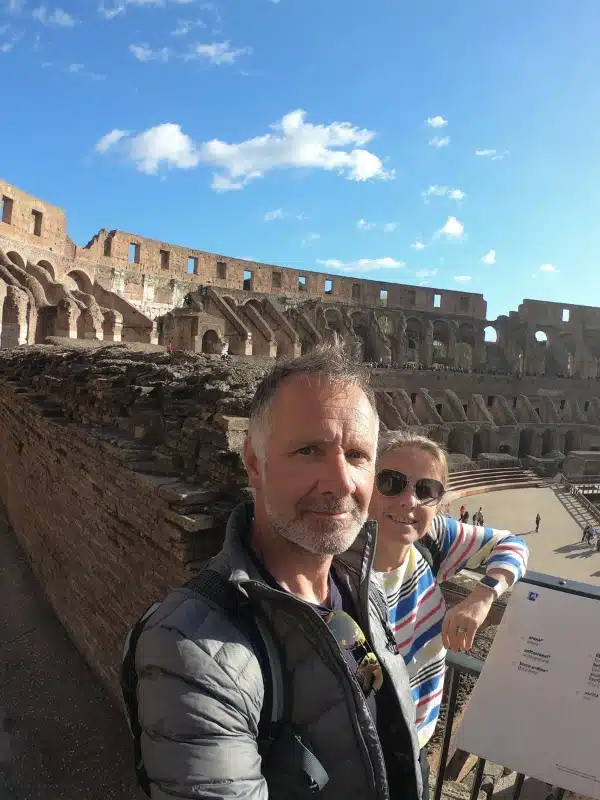
Visit the Roman Forum and Palatine Hill
If you’ve bought our recommended small group Colosseum tour, acess to the Roman Forum is included. An hour is more than sufficient to visit the quintessential Roman ruins, perhaps the most Roman thing in Rome!
It evokes visions of toga’d philosophers and evil emperors discussing matters of state and law as they wander the once-hallowed spaces of these ancient government buildings and squares.
Palatine Hill, one of the seven original hills in Rome, is known as the “first nucleus of the Roman Empire.” It offers spectacular views of the labyrinthine ruins of the Roman Forum, the Arch of Titus, the Colosseum, and Capitoline Hill, and the photo opportunities from here are endless.
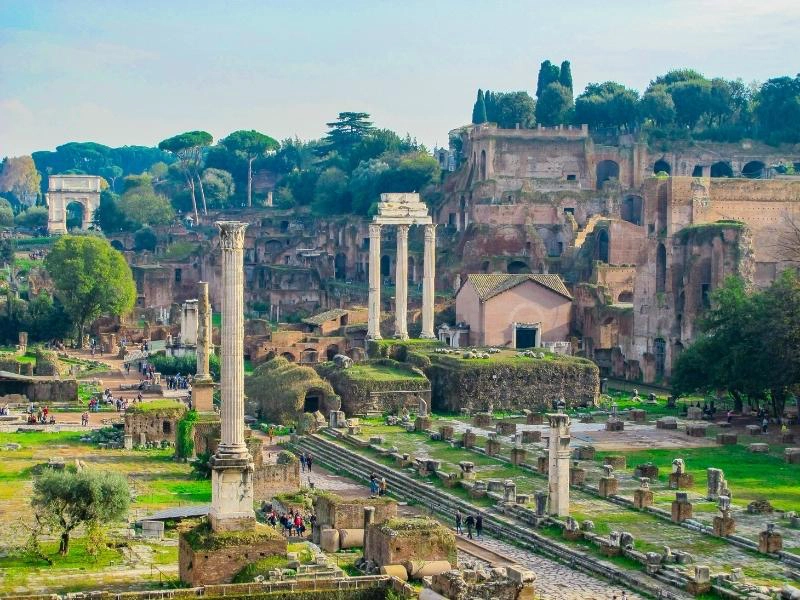
Other Italian Travel Ideas
Evening
Take an After Hours Tour of the Vatican
Even if you spend only a day in Rome, you cannot miss the fascinating Vatican Museums and glorious Sistine Chapel.
Visiting this popular Rome attraction in the evening means fewer crowds and more space and time to enjoy the sublime masterpieces of art and architecture.
Take this exclusive Vatican Museums and Sistine Chapel evening walking tour, and you’ll marvel at the Sistine Chapel, with Michelangelo’s Last Judgement and Creation of Adam, and admire masterpieces by the Italian artists Michelangelo, Raphael, and Caravaggio.
You can also visit the Gallery of Maps, the Gallery of Tapestries,, and the Gallery of the Candelabra with a tour guide, who can tell you more about Vatican City.
Explore Rome’s Cuisine
You have to explore the food in Rome; it’s such an important part of life in the city. Take this highly-rated evening tour to Rome’s gastronomic neighborhoods and enjoy 20 different tastings of Italian and Roman food and wine, with the opportunity to meet chefs and food producers.
No dinner is required; all those delicious nibbles will fill you up!
Cruise the River Tiber
The Tiber River wends its way through Rome, under at least five bridges, as it heads from the Apennine mountains through Tuscany, Umbria, and Lazio to the Tyrrhenian Sea.
If you don’t have the energy for the Vatican, take a relaxing Tiber river cruise and enjoy a glass of Italian Prosecco while enjoying 360° panoramic views of the city at dusk.
This is one of our top things to do in Rome at night: live la dolce vita and admire the city without having to move from your chair!
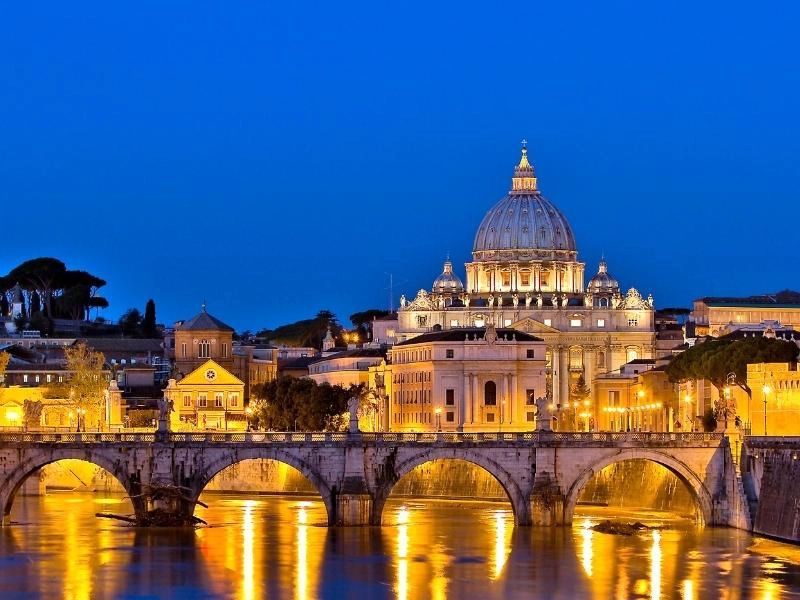
Where to Eat in Rome
Cesare al Casaletto
A traditional trattoria, Cesare al Casaletto, is run by a husband-and-wife team who spent years cheffing elsewhere in Italy and Europe before opening in Rome in 2009.
The menu features all the Roman classics, with the pasta alla gricia (cured pork jowl, black pepper, and Pecorino Romano) being a firm favorite. Ingredients are local and seasonal, and the wine list showcases some fantastic, affordable Italian vinos.
TOP TIP: The trattoria is slightly off the tourist path, so you may need a taxi to get there. Book well in advance, as this is a popular spot.
Supplizio
Supplizio is a casual dining, street food-inspired spot in the old town. It serves gourmet sandwiches, finger foods, and delicious fried specialities, such as Roman rice balls and potato croquettes.
In their own words, “don’t call it street food, it’s pure and authentic street food”. That sounds pretty good to us!
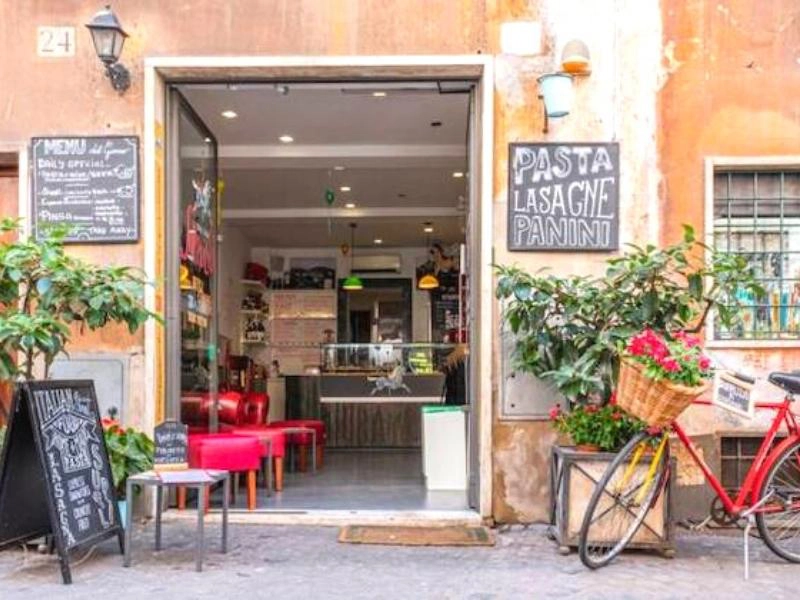
Top Five Rome Travel Tips
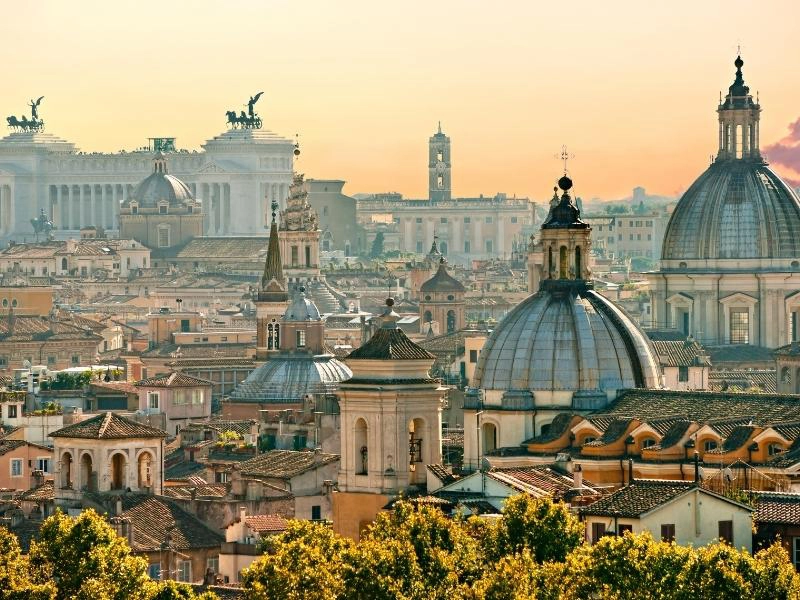
More Than One Day in Rome?
If you have just another half a day in Rome or want to see Rome in two days, then you should add some of these attractions and day trips to your itinerary;
Castel Sant’Angelo
Also known as “The Mausoleum of Hadrian,” the Castel Sant’Angelo is an enormous round building on the Tiber River. It was commissioned by the emperor Hadrian as a burial place for himself and his family and is now a museum.
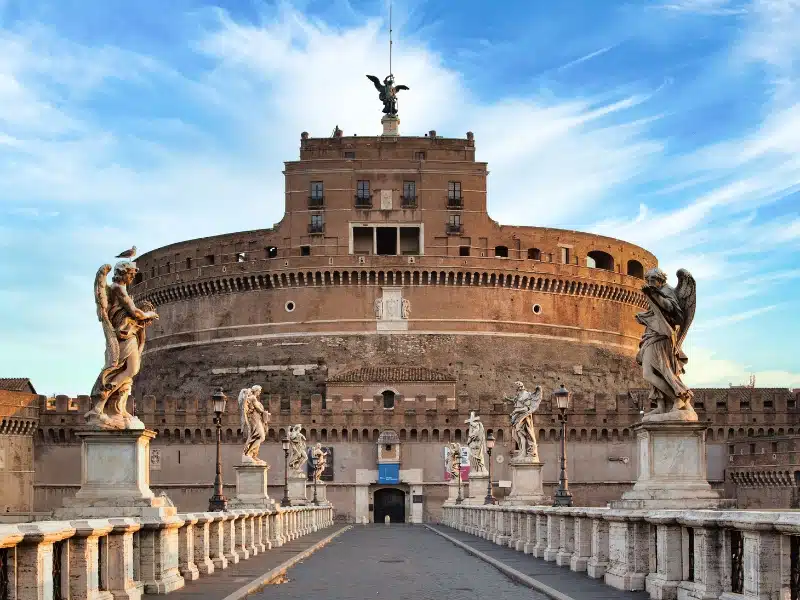
Mausoleum of Augustus
Visit the Mausoleum of Augustus, the resting place of some of Rome’s most iconic leaders. It opened to the public in 2021 for the first time in its long 2,000-year history.
Ostia Antica
Take a day trip from Rome to Ostia Antica, the harbor city of ancient Rome. The town was abandoned and buried for over ten centuries until it was rediscovered to become a vast archeological site.
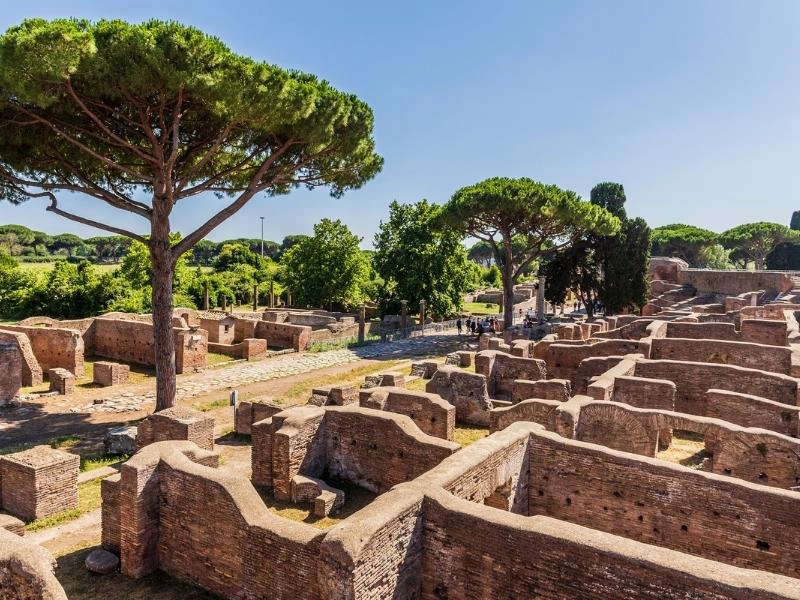
Pompeii & Mount Vesuvius
If you take a one-day trip from Rome, head south to iconic Italy on this highly rated and well-organized trip.
Explore the intact remains of the UNESCO Roman town of Pompeii and climb the live volcano of Mount Vesuvius, the mountain that destroyed it. Enjoy panoramic views of the Bay of Naples and Amalfi Coast from the summit.
With a professional guide to offer insights, our recommended Pompeii and Mount Vesuvius organized tour from Rome is the perfect opportunity to see more of Italy in less time!
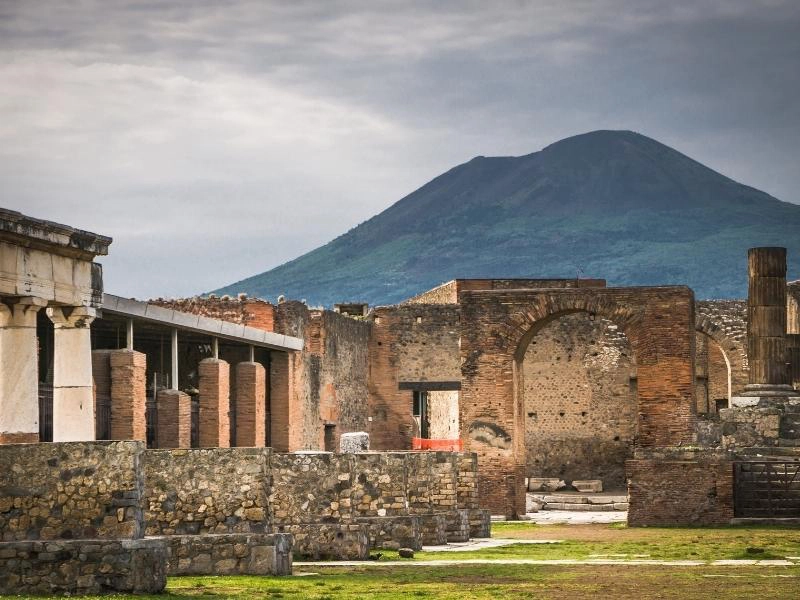
Rome Practicalities
When to Visit Rome
Rome has a beautiful Mediterranean climate with hot, sticky summers and cool winters. Temperatures in July and August can easily exceed an uncomfortable and humid 30°c.
These are also the busiest months for tourists to visit, and the city becomes a hot mess, clogged with people, heat, and humidity.
Spring and autumn are by far the best times to visit, with kinder temperatures, quieter attractions, and better deals on accommodation. Try for April or May (avoiding Easter) or September and October, when the light is at its most luminescent.
Visiting Rome in winter means you’ll get the best deals on places to stay and attractions. You will need to wrap up, though; average temperatures in winter are between 12-15°c, and it regularly dips below zero overnight.
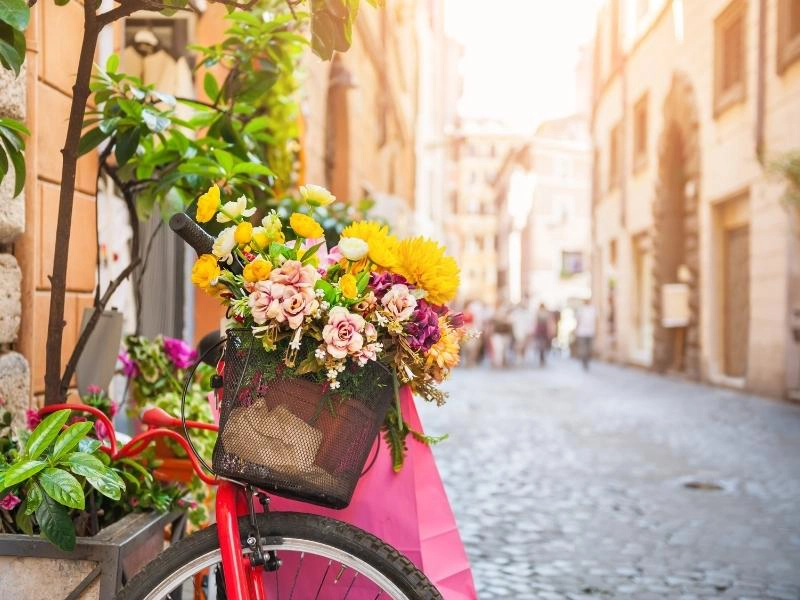
Getting to Rome
When flying to Rome, you will land at either Fiumicino Leonard da Vinci or Ciampino Airports. Fiumicino is the biggest of the two airports slightly further out of the city, both airports offer great transport links. You have several options to get into the city:
Where to Stay in Rome
Luxury: Palazzo Talìa is part of the prestigious Small Luxury Hotels of the World collection, known for offering unique, high-end accommodations with personalized service and an emphasis on luxury and comfort. Located in the heart of Roma, Palazzo Talìa provides a blend of historical charm, modern amenities, and an intimate atmosphere. It’s a perfect spot for a celebratory stay or special occasion.
Mid-Range: Mario De’ Fiori 37 is a boutique hotel offering a blend of luxury, style, and intimate comfort. It’s part of a collection of luxury accommodations that cater to travelers seeking an elegant and personalized experience in Colonna, one of the city’s most iconic neighborhoods.
Budget: San Anselmo is a charming boutique hotel located in the Aventine Hill area of Rome, one of the city’s most elegant and tranquil neighborhoods. Known for its peaceful ambiance, stylish decor, and unique setting, this hotel offers a blend of classic Roman charm and modern comforts, making it a popular choice for travelers looking for a serene retreat in central Rome.
Hostel: JO&JOE Roma is known for its unique blend of hotel and hostel experience that emphasizes a fun, relaxed atmosphere with communal spaces and a focus on interaction among guests. JO&JOE will appeal to Rome travelers looking for affordability and a vibrant social scene.
Are you looking for more one day city guides? Check out these top posts…
One Day in Dublin: Best Itinerary, Map, Tips & Guide
Berlin in One Day: Best Itinerary, Map, Tips & Guide
One Day in Munich: The Best Itinerary + Map, Tips & Guide
One Day in Venice: Best Itinerary, Map, Tips & Guide
The Best Prague One Day Itinerary + Map, Tips & Guide
One Day in Palermo: Best Itinerary, Map, Tips & Guide
Love it? Pin it!
